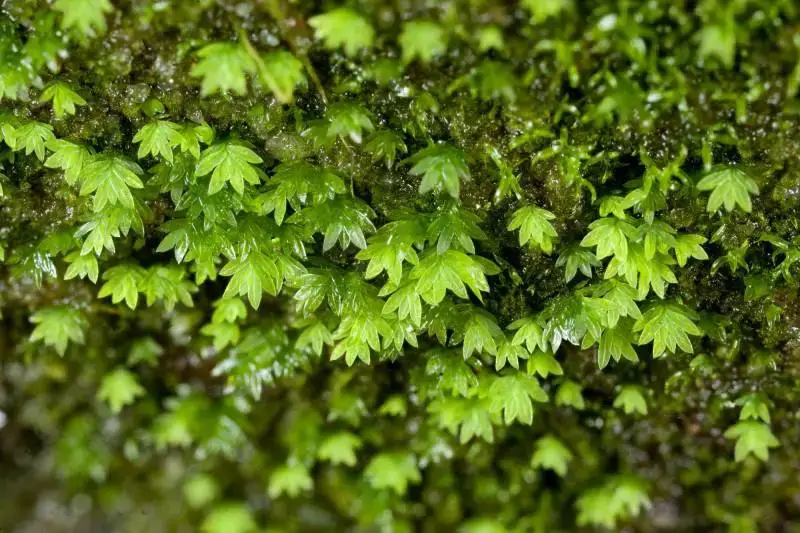
5562898.jpg from: https://www.ipmimages.org/browse/detail.cfm?imgnum=5562898

fenix_moss.jpg from: https://mobidsplants.com.ua/en/blog/articles/о-fissidens
Introduction
In the vast and captivating world of bryophytes, the Fissidens ovatus Brid. moss stands out as a remarkable representative of the Fissidentaceae family. Often referred to simply as Fissidens, this diminutive yet resilient plant has captured the hearts of moss enthusiasts worldwide with its unique charm and ecological significance.

IMG_4746.JPG from: https://www.aquaticquotient.com/forum/showthread.php/25486-Terrestrial-fissidens-moss-)
Background
Before delving into the intricacies of Fissidens ovatus Brid., it’s essential to understand the broader context of bryophytes. These non-vascular plants, which include mosses, liverworts, and hornworts, are among the oldest lineages of land plants on Earth. They play crucial roles in various ecosystems, acting as pioneers in colonizing new environments and contributing to soil formation and moisture retention.

moss_fissidens_species_15-11-10_1.jpg from: https://www.aphotoflora.com/moss_fissidens_species.html
Main Content
Morphology and Identification
Fissidens ovatus Brid. is a small, acrocarpous moss that forms dense, velvety mats or tufts. Its leaves are distinctively distichous, meaning they are arranged in two rows along the stem, giving the plant a flattened appearance. The leaves themselves are ovate

549.BI-image-52845.jpg from: https://eol.org/pages/925201
to lanceolate in shape, with a characteristic apical and dorsal lamina. This unique leaf structure is a defining feature of the Fissidens

Fissidens-bryoides-21-800×533.jpg from: https://ohiomosslichen.org/moss-fissidens-bryoides/
genus.
Global Distribution and Habitat
Fissidens ovatus Brid. is widely distributed across various regions, including Europe, Asia, Africa, and North America. It thrives in a diverse range of habitats, from moist soil and rocks to tree bark and decaying wood. This moss is particularly fond of shaded, humid environments, such as forests, stream banks, and moist crevices.
Ecological Roles and Adaptations
Despite its diminutive size, Fissidens ovatus Brid. plays a vital role in its ecosystem. It contributes to soil formation and moisture retention, creating favorable conditions for other plants to establish themselves. Additionally, this moss serves as a microhabitat for various invertebrates, providing shelter and food sources.
One of the remarkable adaptations of Fissidens ovatus Brid. is its ability to withstand desiccation. During dry periods, the moss can curl its leaves inward, reducing water loss and protecting its delicate structures. When moisture returns, the leaves unfurl, allowing the moss to resume its photosynthetic activities.
Case Studies/Examples

Fissidens-fontanus-1-of-1-500×332.jpg from: https://www.chibi-aquarium.com/portfolio/fissidens-moss/
In a recent study conducted in a temperate forest, researchers found that Fissidens ovatus Brid. played a crucial role in facilitating the establishment of seedlings. The moss’s dense mats provided a moist and stable environment, protecting the delicate seedlings from desiccation and erosion.
Another fascinating example comes from a study on urban environments, where Fissidens ovatus Brid. was found thriving on the bark of trees in city parks. This moss’s ability to colonize such habitats highlights its resilience and adaptability, making it a valuable indicator of air quality and environmental health.
Technical Table

IMG_8942_1600x.jpg from: https://aquaticmotiv.com/products/fissidens-nobilis-moss-mat-fissidens-nobilis
| Characteristic | Description |
|---|---|
| Phylum | Bryophyta |
| Class | Bryopsida |
| Order | Fissidentales |
| Family | Fissidentaceae |
| Genus | Fissidens |
| Species | ovatus Brid. |
| Leaf Arrangement | Distichous |
| Leaf Shape | Ovate to lanceolate
 1115134.jpg from: https://www.forestryimages.org/browse/detail.cfm?imgnum=1115134 |
| Habitat | Moist soil, rocks, tree bark, decaying wood |
| Distribution | Europe, Asia, Africa, North America |
Conclusion
The Fissidens ovatus Brid. moss, a member of the Fissidentaceae family, is a true marvel of nature. Its unique morphology, ecological adaptations, and widespread distribution make it a fascinating subject for moss enthusiasts and researchers alike. As we continue to explore and appreciate the intricate world of bryophytes, the Fissidens ovatus Brid. serves as a reminder of the incredible diversity and resilience found in even the smallest of organisms.

17f1a7dd06ad6f70db7dae9ed5c7e399.jpg from: https://www.pinterest.com/pin/461056080573576980/
Ponder this: In a world where urbanization and environmental changes are rapidly altering ecosystems, how can the study and conservation of species like Fissidens ovatus Brid. contribute to our understanding of ecosystem health and resilience?